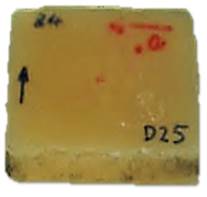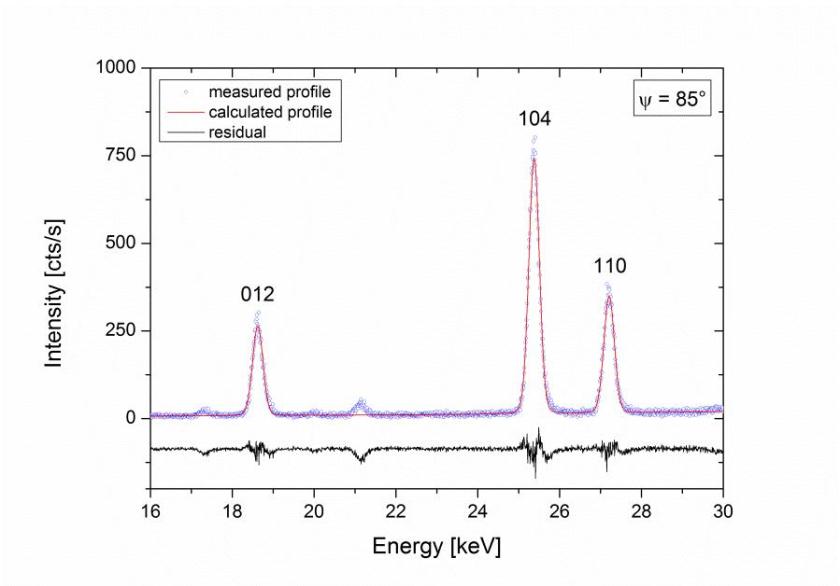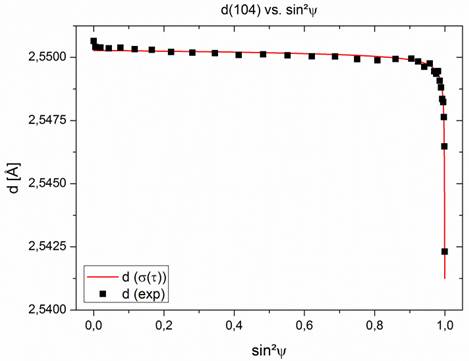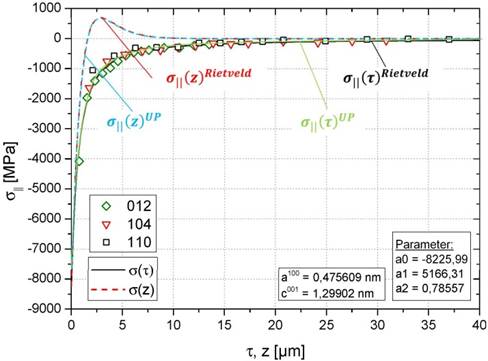Department Microstructure and Residual Stress Analysis
Residual stress analysis
Mechanical, thermal and/or chemical surface processing as well as coating introduce residual stresses in the near-surface zone of technical parts, which may influence the material properties significantly. Among the methods for residual stress analysis X-ray diffraction takes up a unique position, because it allows for non-destructive and phase-selective evaluation of stress distributions from the near surface zone up to a depth of several hundred micrometers below the surface of the material.
On the photon side, we employ in our department angle-dispersive (AD) X-ray and energy-dispersive (ED) diffraction methods to investigate the residual stress depth distribution in polycrystalline materials, technical parts and coating systems. The advantages of ED diffraction concerning depth-resolved stress analysis are the short measuring times allowing for fast in-situ studies and the multitude of diffraction lines E(hkl) recorded in each spectrum containing additional depth information.
Research activities in the field of X-ray stress analysis (XSA) are aimed at the development of new and advanced measuring methods and data evaluation concepts, which enable the detection, evaluation and assessment of complex residual stress distributions in the materials surface region. Recent and current research topics are for example:
- Residual stress analysis in multilayer coatings
- Rietveld-based evaluation of ED diffraction data
- Separation of stress and composition gradients
- XSA with high lateral and depth resolution
- Fast in-situ ED stress analysis of dynamic processes (e.g. during thin film growth).




